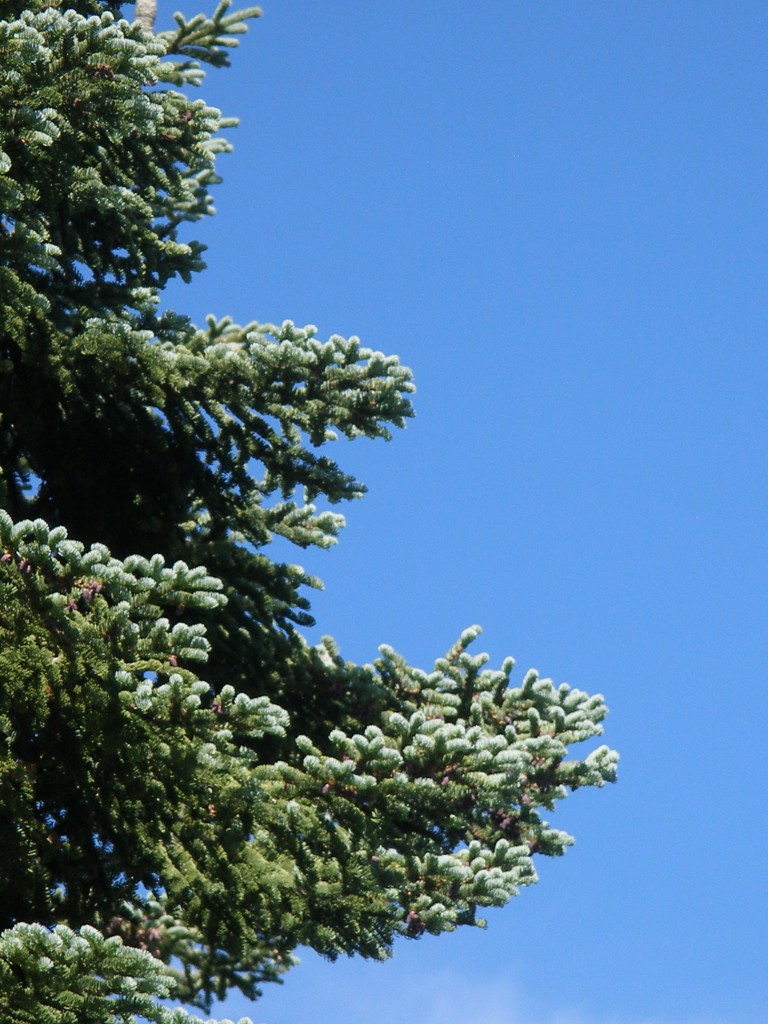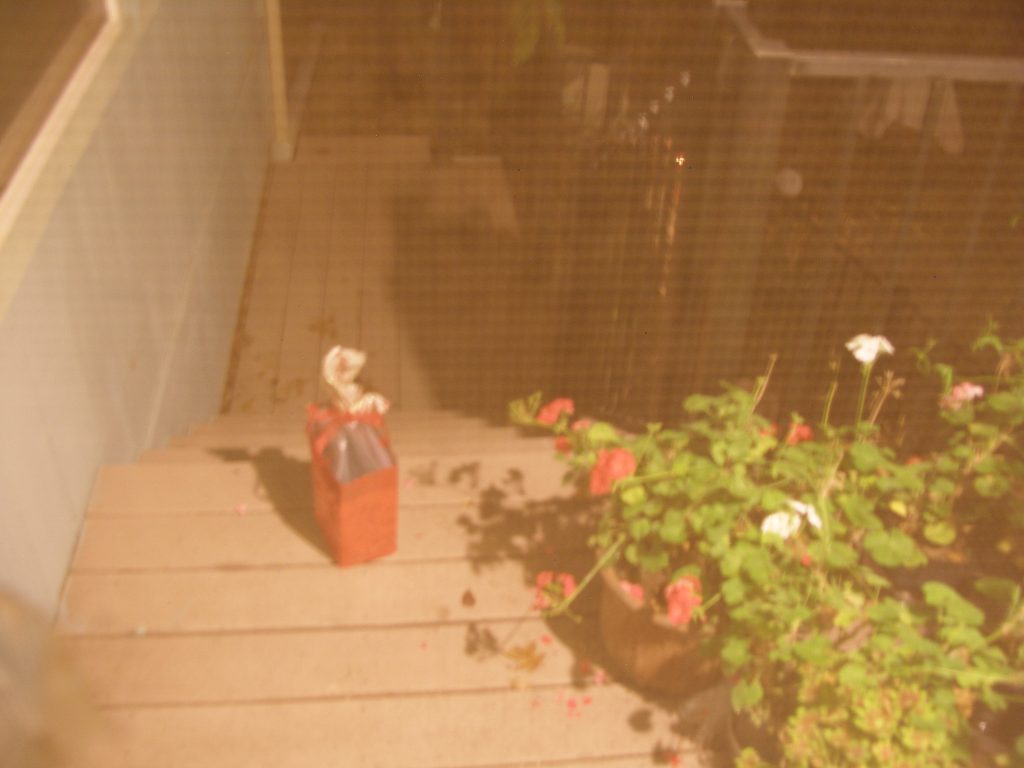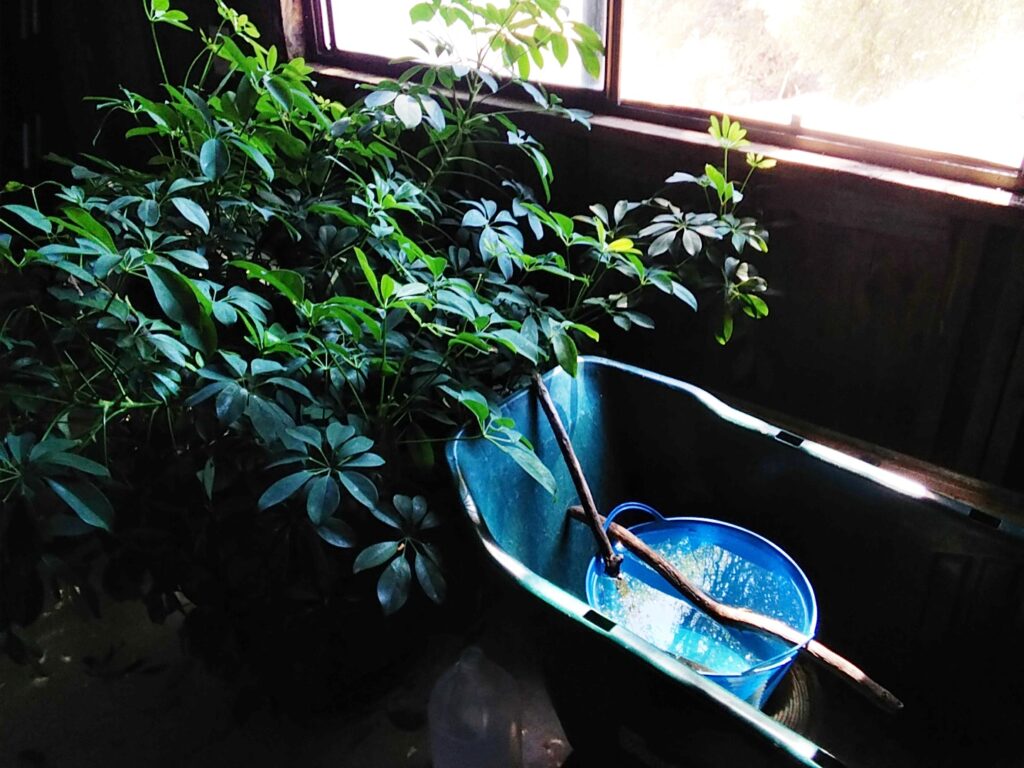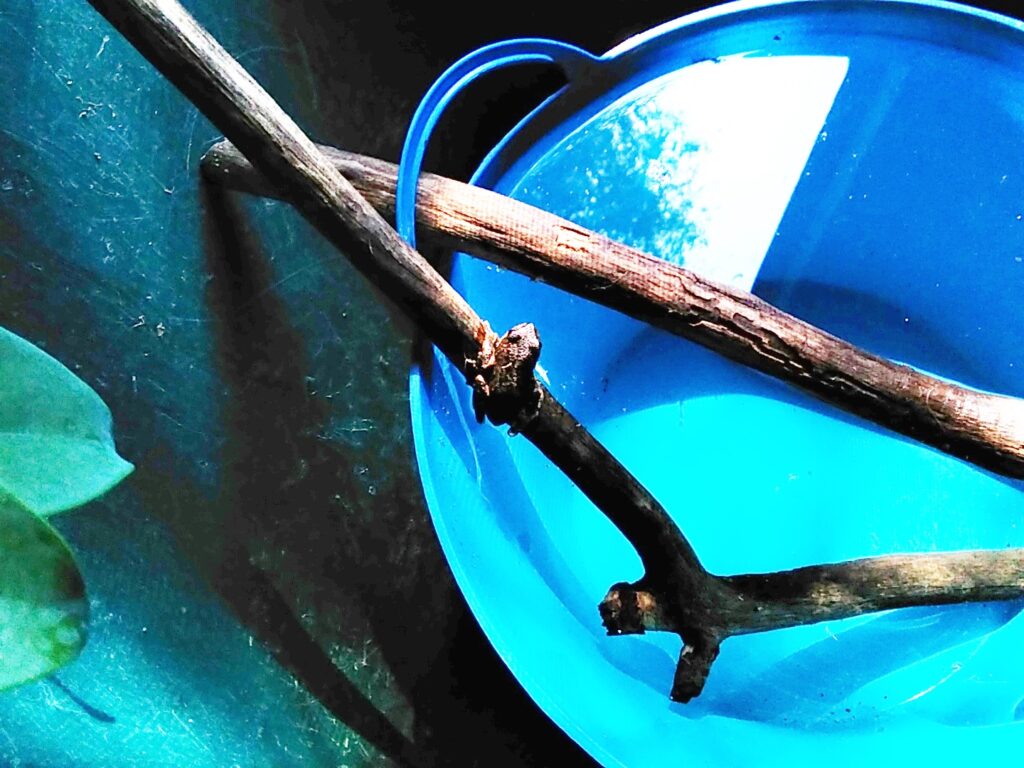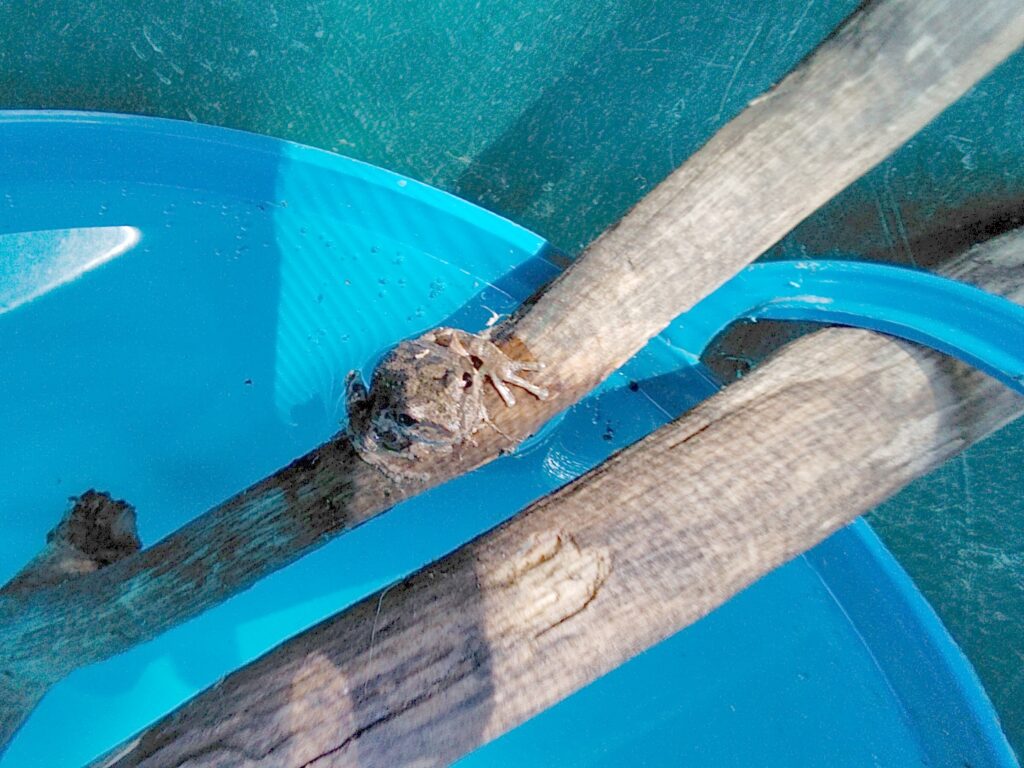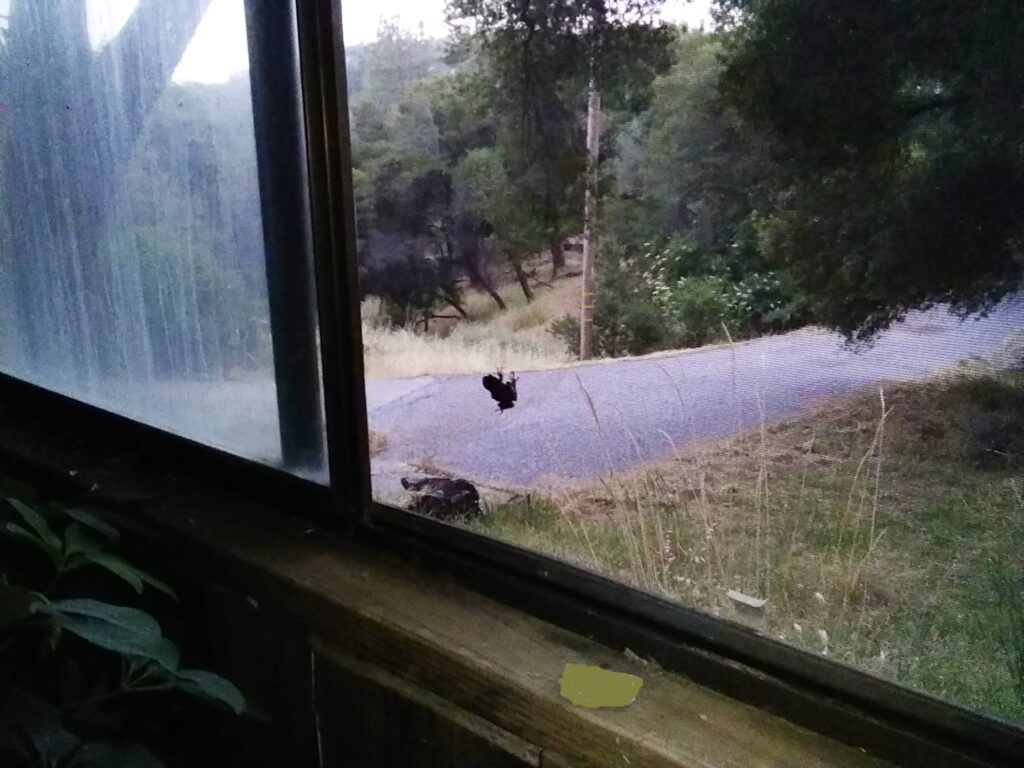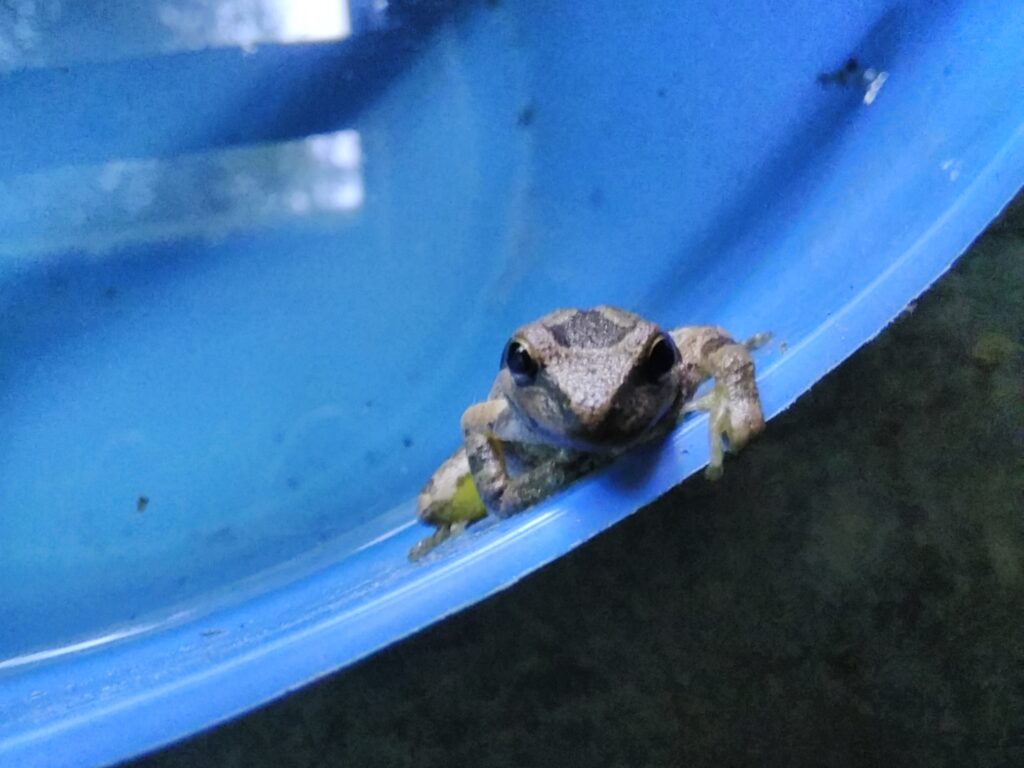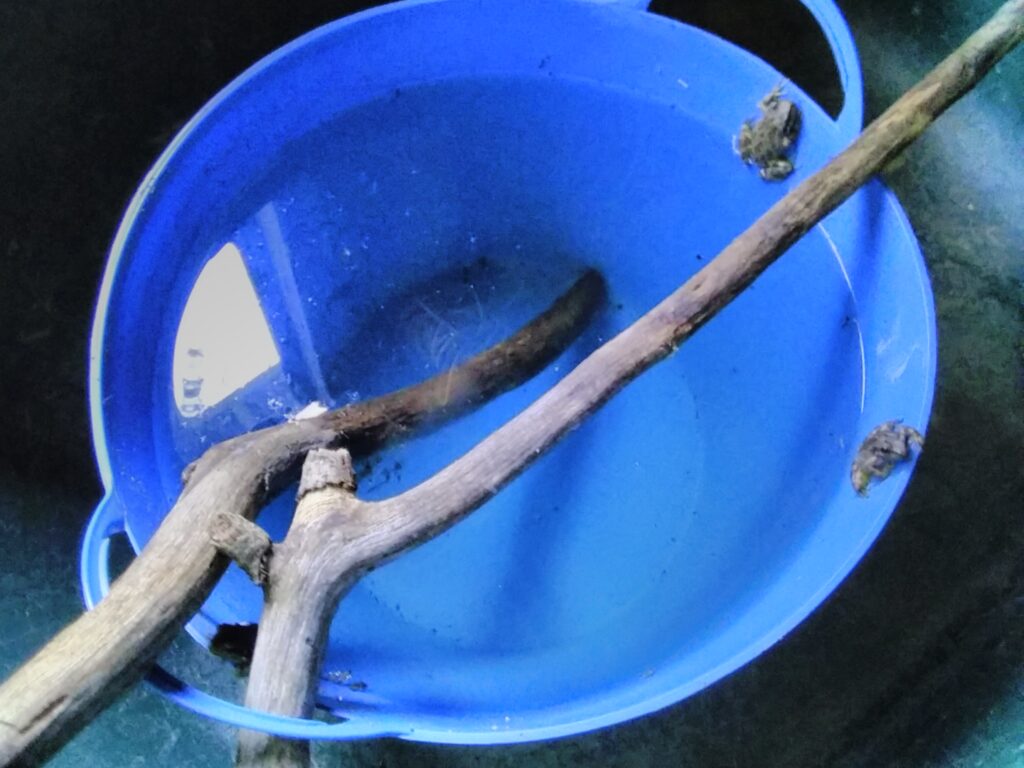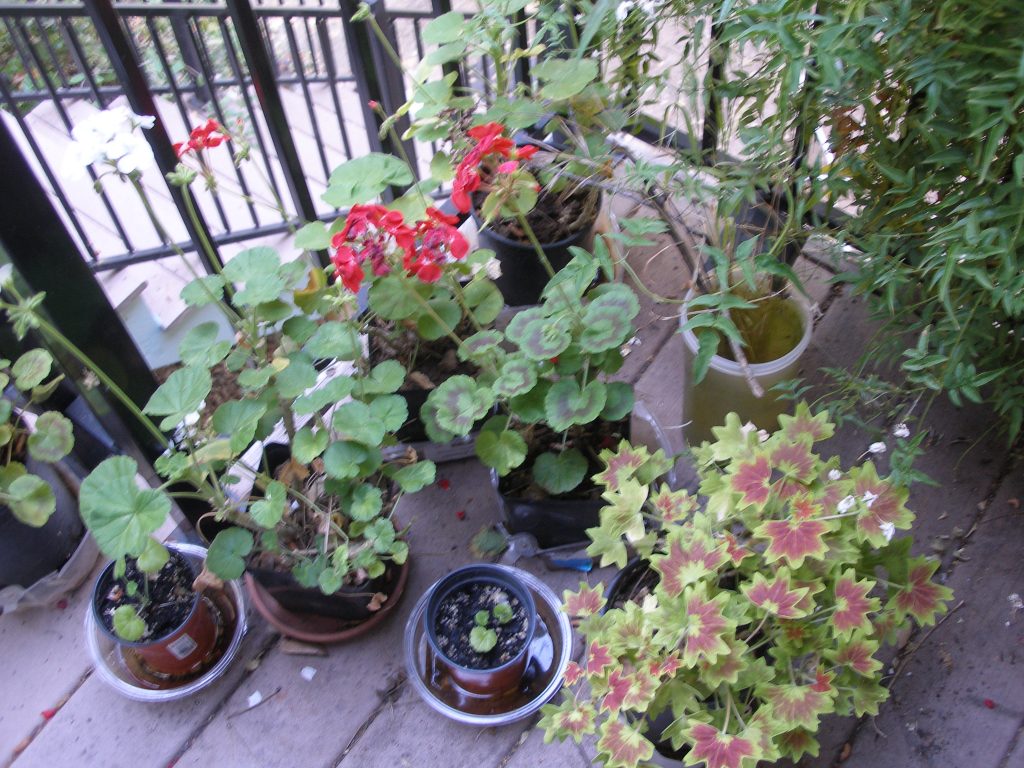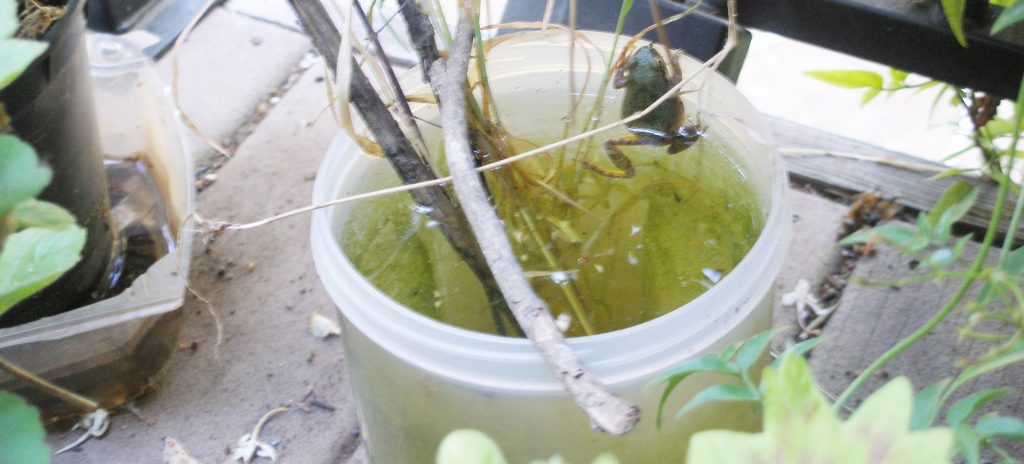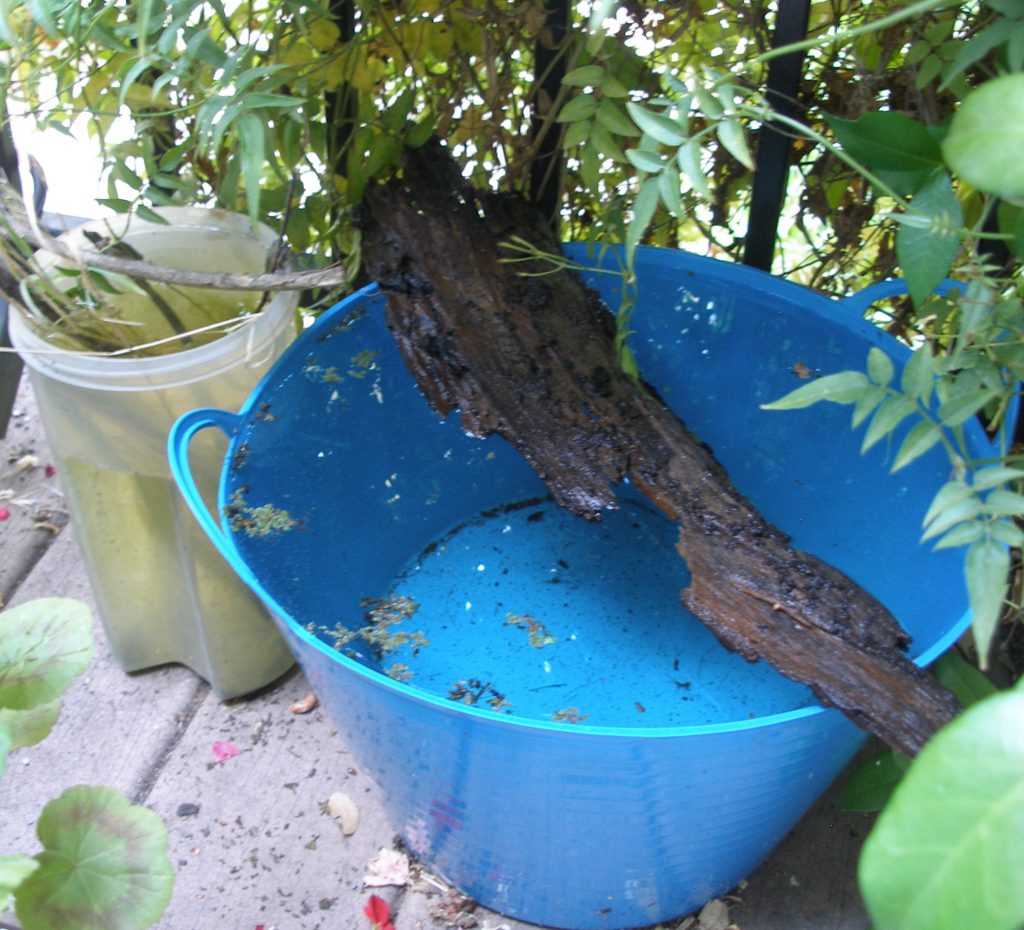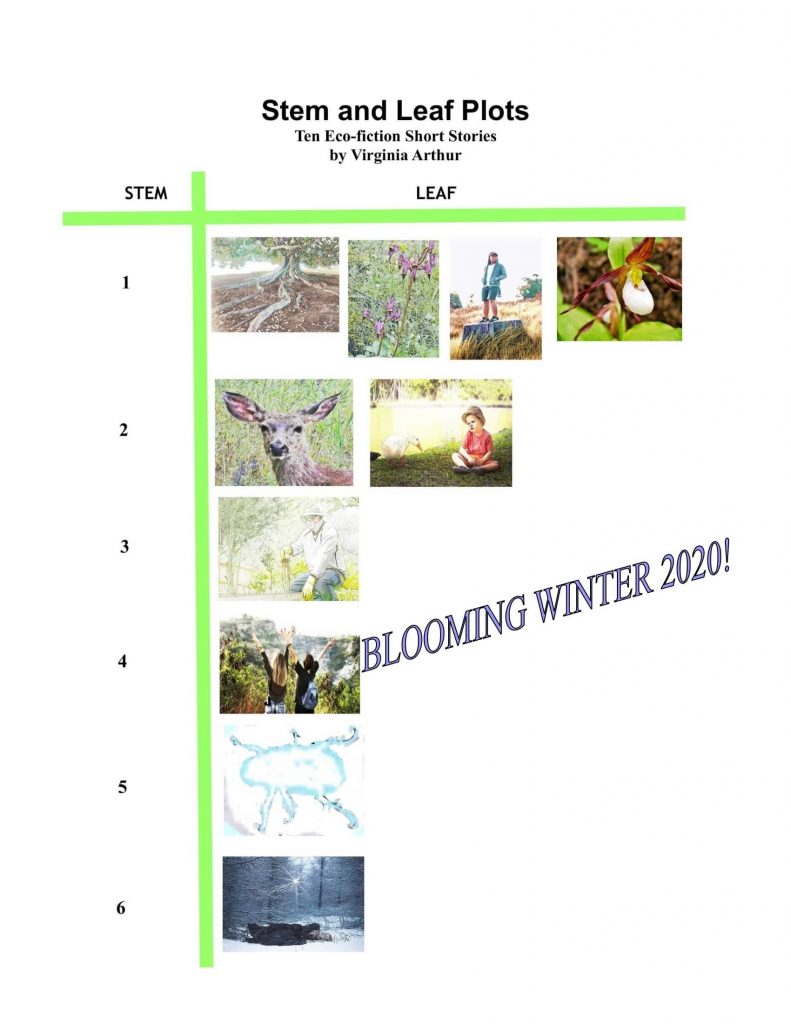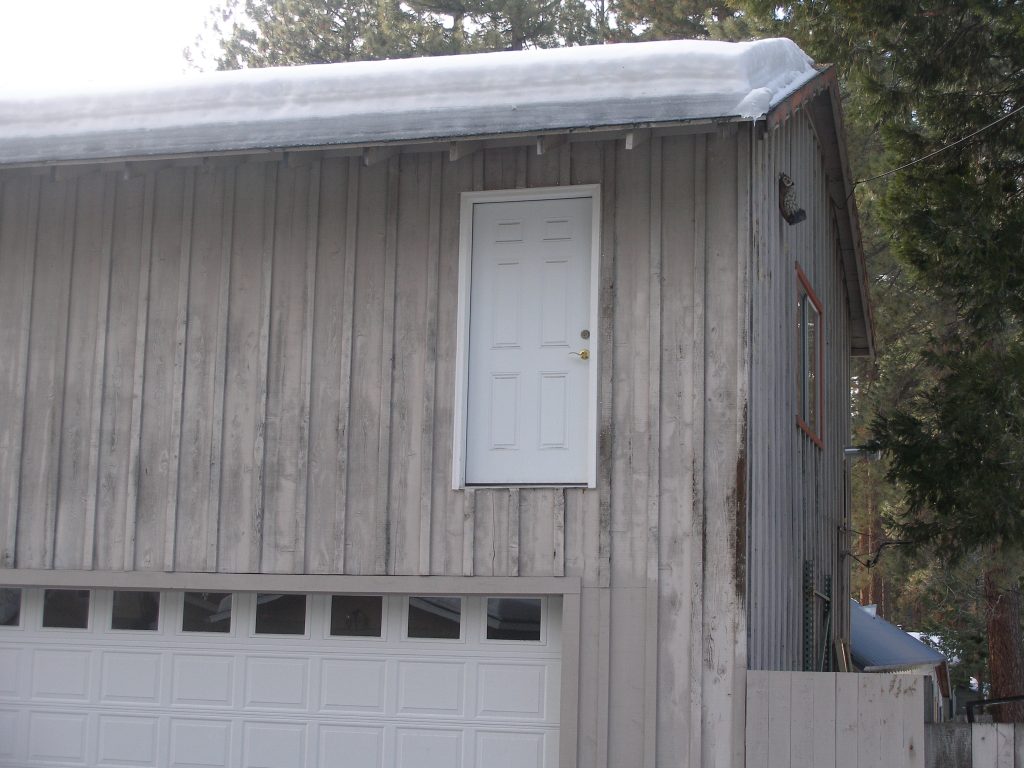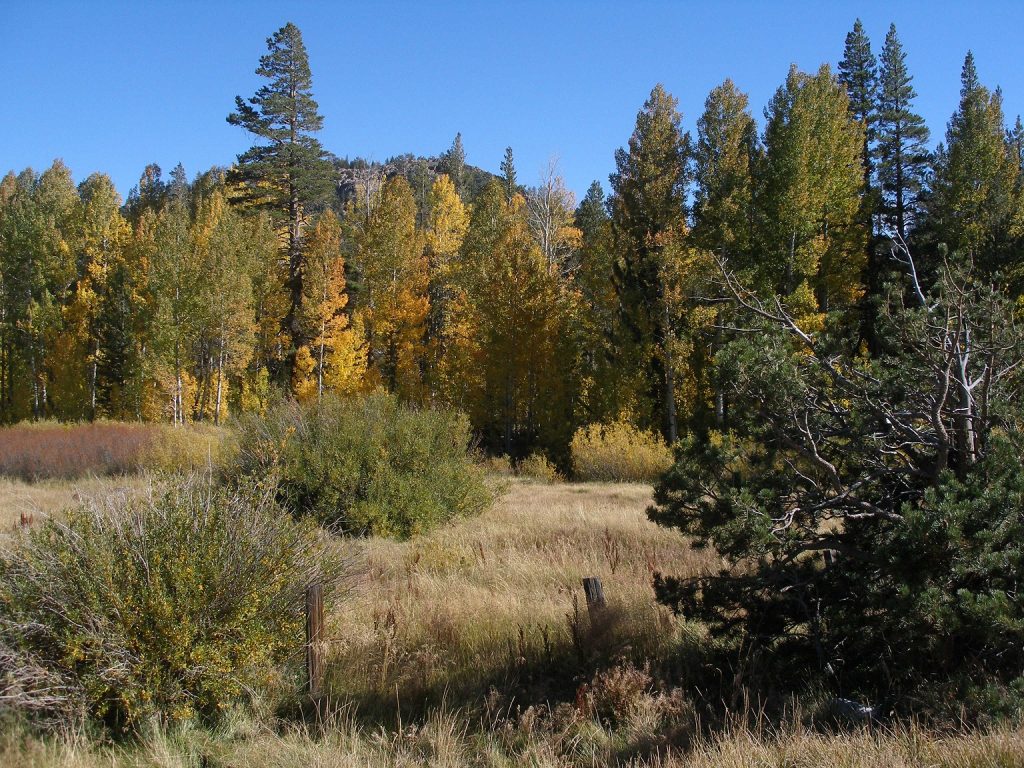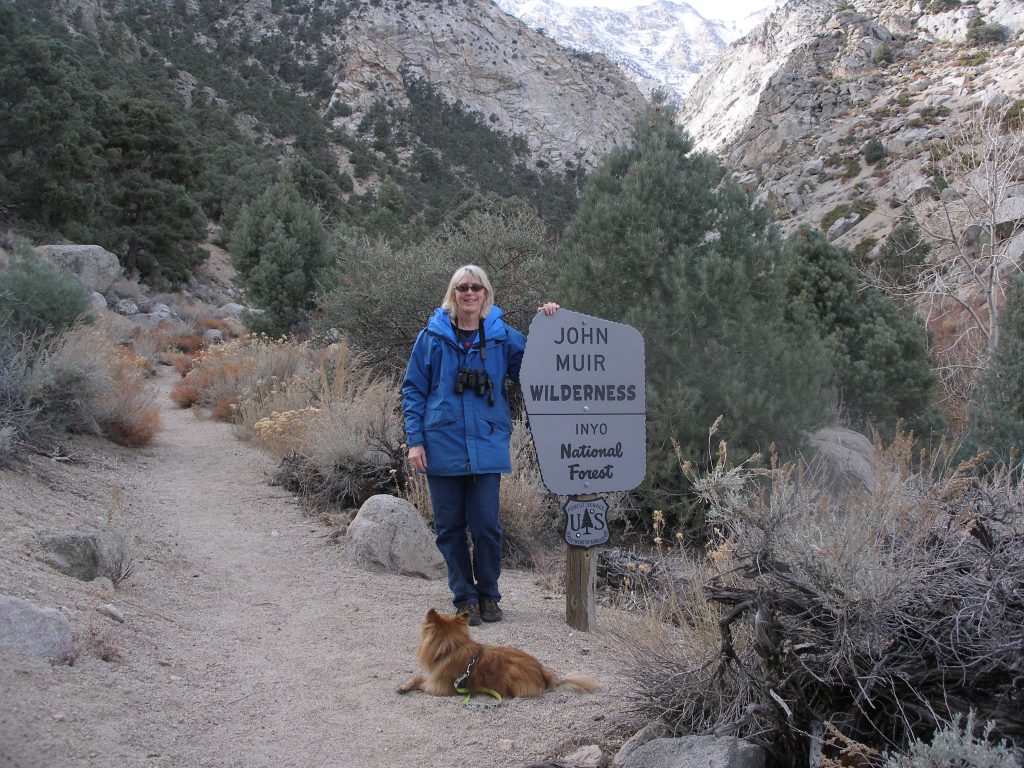Oh Christmas Tree,
Oh Christmas Tree,
How Lovely Are Thy Branches!
Oh Christmas Tree,
Oh Christmas Tree,
I Wish They’d Leave You On The Ranches!
It Makes No Sense, With Climate Change,
To Hack You Down, Contract Your Range,
You Hold The Carbon Oh So Well,
To Keep Our Planet From Turning Into HELL,
Oh Christmas Tree,
Oh Christmas Tree,
Without You None of Us Can Breathe!
Oh Christmas Tree,
Oh Christmas Tree,
How Lovely Are Thy Branches!
I know I am not the only one who finds it a bit incongruous that in order to celebrate a life coming into the world, say, I don’t know, JESUS, we hack a tree down in his honor. What would Jesus say? (Not to mention that uhm, later he is nailed to one for completely fabricated reasons).
I am also intrigued by the inability of the human species to let go of cultural practices that are, well, harmful, stupid, weird, dumb, especially when they are fairly easy to change.
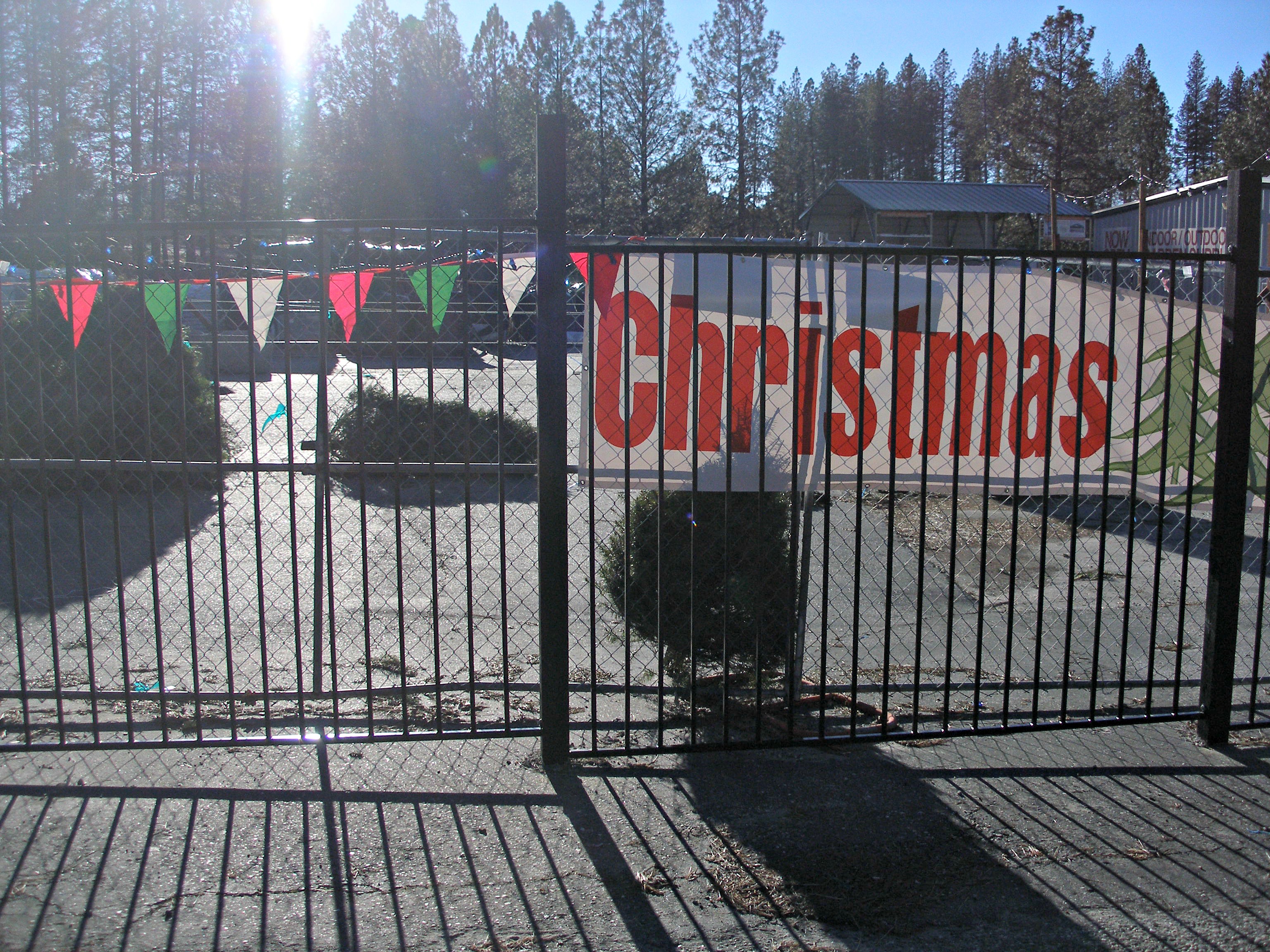
December 26th. Millions of once photosynthesizing, carbon sequestering young “Christmas” trees, now refuse. Disposing of them will contribute to climate change.
Here’s an idea–go live for Christmas! (Those of you who already get a live Christmas tree that you plant every year, you can stop reading at this point and thank you. There is also an added bonus in that you are not bringing a dead tree into your house you then expose to heat thereby knowingly creating a phenomenal fire hazard).
You Can Have a Living Tree for Christmas!
Here are a couple options:
Rescue: Rescue a young native tree destined for death or perhaps in a terrible place. It’s more work of course but the tree is free though you may still have to buy some supplies such as a tub and inexpensive potting soil. Rescuing should be done within your bioregion and may require permission. (This is left to your discretion but we’re definitely not talking about poaching trees! This is about rescuing a tree in a hopeless situation. Think about a Charlie Brown Christmas with the difference being he picks out a small living tree that needs some love; after Christmas all the Peanuts kids plant it together and of course, sing). I also strongly recommend buying an eco-friendly rooting hormone, the kind you mix with water (more on this later). In both cases described here, if you live in a mild climate and can plant anytime, it’s best to dig the hole before you bring the tree home so this is done. This will also provide you with native soil. Not sure how big the roots are? You may need to modify the size of the hole but modifying it is far less involved than digging it in a hurry. The hole needs to be as wide as the roots/rootball plus half this size. (If the rootball is 18 inches in diameter, the hole needs to be 27 inches in diameter). Cover the hole with plywood so nothing falls in, including soil.
Dig your tree up carefully to preserve as many of the roots as possible (the smaller the tree, the easier it is to do this). No need to ball it up. You just need to have a tub of some type, be it plastic or steel. Ideally the tub has drain holes but this isn’t totally necessary if you water carefully. Fill the bottom of the tub up with some soil to anchor the tree after you dig it up. Put it in the tub and cover the roots but do not fill the tub with soil yet. If the soil where it is growing looks healthy, fill-up another container with this soil to bring it home. This healthy soil may have needed mycorrhizae/soil symbionts in it that help the tree grow. If the soil it is growing in does not look healthy, you can use the native soil from the hole you dug beforehand and/or, use some inexpensive potting soil.
Don’t completely fill the tub with soil until you get it where you want it in the house because one it’s filled with soil, it gets heavy. Once your tree is where you want it in the house, go ahead and fill the tub with soil leaving about an inch or two from the top for watering. If your tub has holes in it, of course, you want to put a container under it; water until some comes out of the bottom. If your tub does not have drain holes in the bottom, do the stick test every other day–push a stick that is at least eight inches long into the soil and if it comes up damp to dry, water the tree. In either case, you will need to check the tree every other day. Assuming you put lights on the tree, it can dry out very quickly. Misting it every day to every other day helps too. Of course, make sure your lights are not ON when you do this (i.e. use common sense).
Buy a Live Tree (ideally native to your bioregion): if it doesn’t come in a tub or pot already, do not take it out of the rootball. If the tree was prepared properly by the nursery, it has soil around it that is protecting the roots. Put the entire intact rootball in a plastic/stainless steel tub as close to the house as possible then you have some options: you can use native soil ideally from where you intend to plant it, or use inexpensive potting soil. If you are going to plant it right after the holidays, you can use just enough soil to cover the rootball and anchor the tree. You can also use only water. Fill the tub so water covers only about half of the rootball. Don’t suffocate the tree by submerging the root ball completely in water. It’s not an aquatic plant! It needs oxygen too! If you will have to wait a few weeks or months to plant, fill the tub to the top with soil. In all cases, the tree will need watering on a regular basis; check every other day. As mentioned above, misting the tree every day will help keep it hydrated and again, make sure when you mist it, the lights are off (duh?).
And now the fun part…
Your live tree is now in the house. Decorate your live tree, smell its fragrance all throughout the house, a fragrance not of a tree KILLED, a tree that is DYING, but one of memories yet to be made; a fragrance that symbolizes LIFE, the tree’s life, that of your family, your loved ones, your life.
Celebrate Christmas
Maybe this is the real Christmas-y part: after the holidays, instead of throwing it out in the yard (with regards to John Prine who may have to change his song, sorry), putting it with the trash, you get to PLANT IT– with or without ceremony. Of course, it depends on your climate. In milder climates, you can plant anytime. For your rescue tree, the sooner you plant it, the better but don’t plant it under severe weather conditions (it could stay below freezing for weeks to come). If you can’t plant it for awhile, make sure the tub is filled nearly to the top with soil, the roots are covered well, the tree is stable, then move it outside into a sheltered location and just wait for milder temperatures/spring. In this way too, you are ‘hardening’ it off, getting it used to its microclimate, even if it is a native tree from your bioregion; it’s still good to harden it off as close to where you are going to plant it as possible. When you plant your rescue tree, pour the proper mix of liquid rooting hormone over the roots before filling the hole with soil and/or you can also soak the tree roots in a bucket of rooting hormone before planting (20 minutes or so prior to planting) then pour the bucket of hormone mix over the roots before filling the hole.
When you plant your purchased live tree, unless the material holding the roots is truly 100% organic, biodegradable, you need to carefully, gently remove it, trying not to disturb the root system at all, then plant the tree immediately. Use of rooting hormone for a purchased live tree is optional.
When I lived in Wyoming, I bought a live white fir (Abies concolor) in a 10-gallon pot. Since it grows in this type of climate, it did fine (again, native trees from your bioregion do much better). After New Year’s Day, I added some more soil to the pot then moved it outside to a sheltered location by the house so it could harden-off. It lived out a fierce winter until April when I planted it. It grew to be a lush, full, beautiful tree.
Your Beautiful Memory Forest
Plant your Christmas trees year after year and your present is a forest of beautiful living trees that keep the memories of each Christmas alive. Regardless of religion or creed, can there be nothing more appropriate than to plant a tree in the memory of a life lived? To plant a tree to mark each season of our lives, and those of our friends and family?
Your Christmas trees will continue to give back in so many ways–by providing food, shelter, and habitat for numerous species of birds and other wildlife. Trees provide a wide array of ecosystem services for all living organisms, including us. (For example, are you breathing?). But perhaps most importantly, the future of our planet may be in the hands, er, trunk, leaves, needles of trees–they hold carbon.
This is an Christmaecological win win.
With all due respect to the season, and I LOVE Christmas-time (sans the commercial contamination), the cutting and killing of millions of trees to ‘celebrate’, well, anything, is a paradigm we need to change–now. You can easily be a part of it. Just imagine all the Christmas-inspired forests that would spring up around the world!
Oh Christmas Tree!
(Originally Published December 20, 2015 @ 19:20). Re-posted.
